Diagnosing and Addressing Declining Donations
Though philanthropy is an inherently outward-facing practice, much of its success and efficacy stems from various internal factors – namely, suitable funding to properly drive each charitable entity’s mission. Naturally, philanthropic organizations can face a challenging, potentially sensitive outlook in the face of declining donations, which have been an unfortunate reality in recent years due to an undulant economy, donor fatigue, and other detrimental issues.
Understanding Donors
For philanthropists to better diagnose funding deficiencies, they must first gain a more comprehensive understanding of their donors – and the broader macroeconomic landscape in which they operate. While donor motivations are often complex, they can broadly center on economic pressures, societal shifts, and even personal experiences. Philanthropic bodies that take the time to listen to their donors and study these external influences can forge a more accurate picture of their funding challenges. In this sense, organizations should seek to identify patterns in donor engagement and giving trends, as well as shifts in priorities or emerging areas of interest; this can better align their mission with what resonates most deeply with the intended donor base.
Leveraging Data
Data-driven philanthropy is a revolutionary and increasingly beneficial concept in the charitable community, and such insights are also crucial in assessing sudden drops in donations. By harnessing advanced analytics, philanthropists can uncover trends that might otherwise remain obscured, such as which campaigns are most favorable or urgent amongst donors or what factors contribute to lapsed giving. This capability allows leaders to move beyond guesswork and identify areas where engagement has diminished, targeting specific donor groups with tailored and optimized strategies. Predictive analytics further enhance this process by forecasting potential funding shortfalls and proactively adjusting strategies. Data doesn’t just illuminate problems; it equips organizations with actionable solutions to reshape their financial outlook.
Making Necessary Changes
Successful philanthropic funding conversations must involve a certain level of self-awareness, internal auditing, and general personnel discussions to ensure the company is properly equipped to solve the issue. Addressing declining donations often requires a willingness to scrutinize established practices and embrace necessary adjustments, no matter how challenging; this might include streamlining operational inefficiencies, reallocating resources to high-impact initiatives, or rethinking leadership approaches to improve organizational transparency and accountability.
Moreover, fostering a culture of innovation is paramount. Whether adopting cutting-edge digital tools for fundraising or experimenting with community-focused campaigns, organizations must demonstrate their ability to adapt to shifting donor expectations. These changes demand collective effort, bringing together leadership, staff, and external stakeholders to align on a shared vision of resilience and renewal. Through such a mindset, philanthropic bodies can emerge stronger and better equipped to navigate financial uncertainties.
With a careful balance of adaptability, economic consciousness, and transparency, philanthropic organizations will maximize their chances of regaining crucial capital in times of financial uncertainty.

